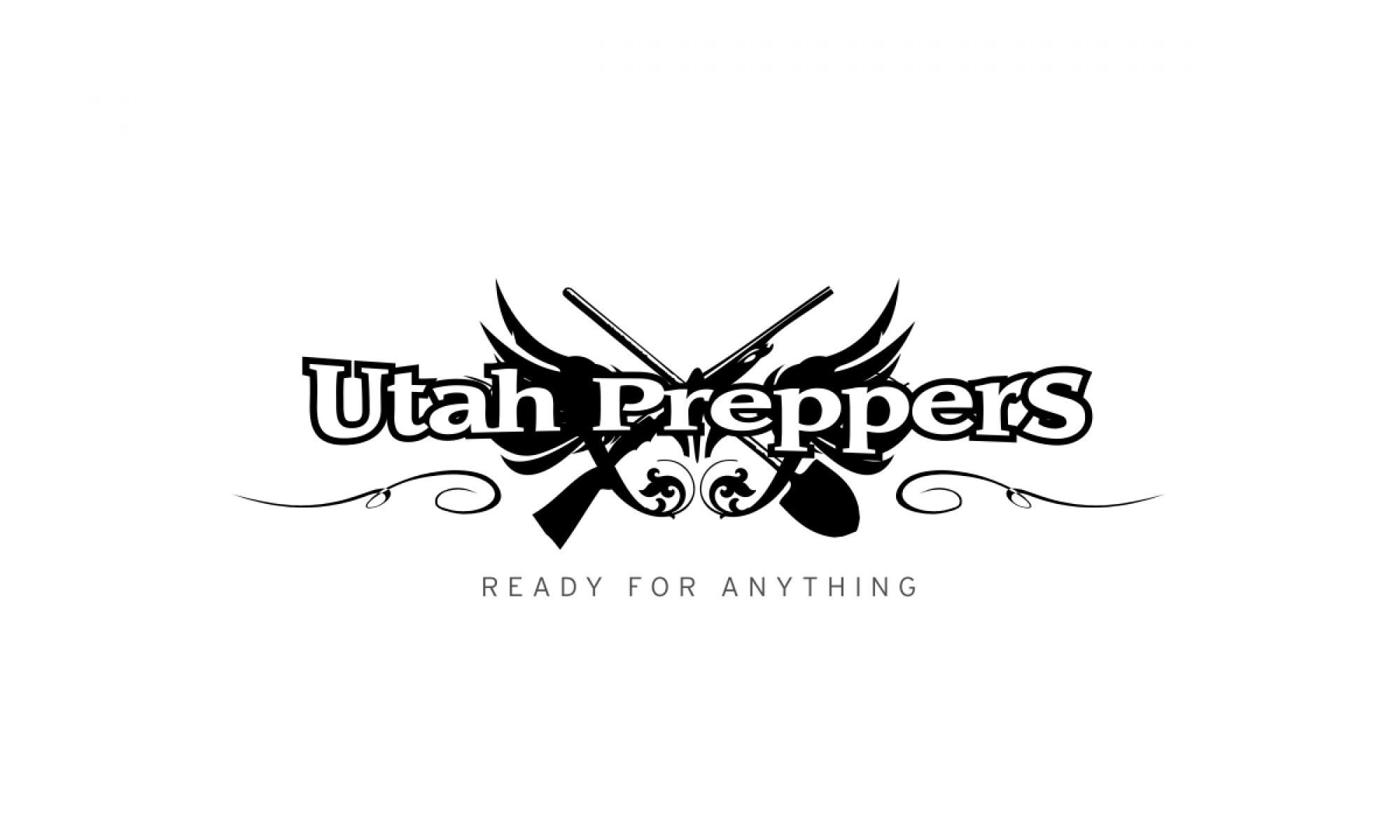This post is cross posted from my blog.
Ever wanted to find a powdered milk that tastes good? You’re not alone. So just in case you don’t want to go through the expense and hassle of trying out every kind of powdered milk you can find, read on. I did it for you.
After a comment about the flavor of powdered milk on another post, I hatched a plan to have folks try a bunch of different kinds of powdered milks to maybe find one that tasted good so this reader and anyone else who wants to know (including me) will know which brands would be best to buy because you know powdered milk is not cheap. I had some super help with this milk experiment from Emergency Essentials, Grandma’s Country Foods, Walton Feed, Blue Chip Group (now Augason Farms), and Honeyville Grain who all donated some of their milk for the review. Thank you to all of you–we couldn’t have done it without you! Continue reading “Great Powdered Milk Taste Test and Review”







 This is the fifth installment of the Evacuation Preparedness Kit Series. The first post, on
This is the fifth installment of the Evacuation Preparedness Kit Series. The first post, on 